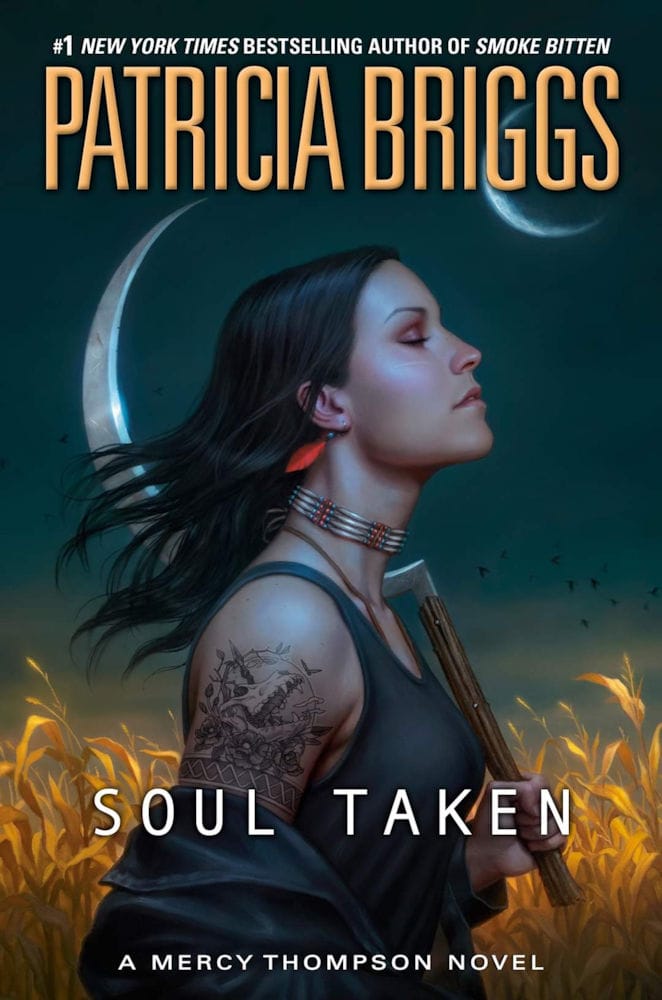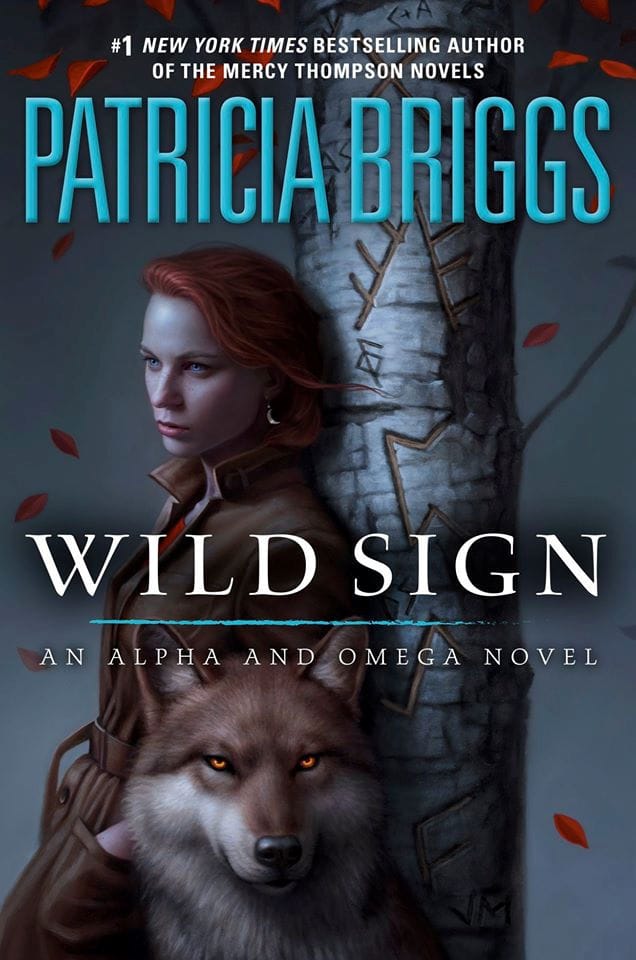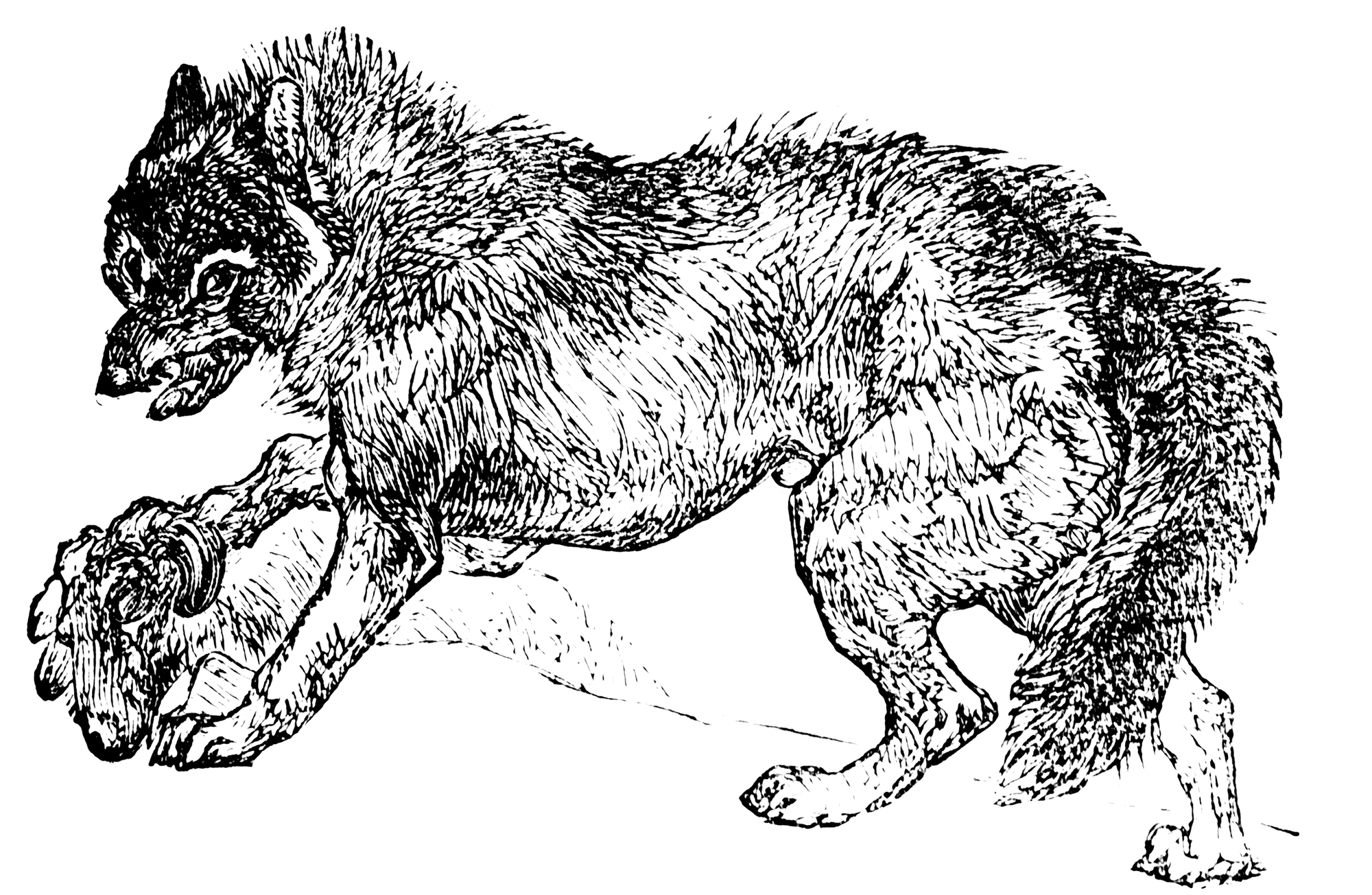“Even a man who is pure in heart and says his prayers by night, may become a wolf, when the wolfbane blooms and the autumn moon is bright,” Jenny (Fay Helm) said to Larry Talbot (Lon Chaney, Jr.) in The Wolfman (Universal Pictures, 1941). The wolfman is one of our classic horror story monsters, but also seems to be second to many other horror monsters. Perhaps because it does not have the underlying sexuality of vampires or the ‘mad scientist’ flavor of Frankenstein. Or perhaps because it fits too well with our own feelings about ourselves — how we can become monsters in spite of all our beliefs and efforts. Whatever the reason, ‘wolfmen’ seem to be one of the more neglected groups of horror monsters in fiction. However, changing into a werewolf (i.e. lycanthropy) is one of the more popular forms of shapeshifting in fiction. Shapeshifting is a common theme in many early cultures. It is worth taking a look at, as the werewolf dates back to our very early history. Today, lycanthropy presents as an actual psychological medical condition:
[Researchers] …found that since 1850, there have been 56 original case descriptions of people who believed they were metamorphosing into an animal. Among them, 13 reports met the criteria for clinical lycanthropy, the medical term for having delusions of being able to turn into a wolf. The adjective ‘clinical’ is used to emphasize that the condition doesn't mean actual lycanthropy, or the ability to metamorphose physically into a wolf…. The first case report on clinical lycanthropy was published in 1852, and described a man admitted to an asylum in Nancy, France, who was convinced that he had turned into a wolf. (livescience.com/44875-werewolves-in-psychiatry.html)
If you are interested in the investigation and folklore of lycanthropy, I suggest books such as: Montague Summers’ The Werewolf, Sabine Baring-Gould’s The Book of Were-Wolves, and Nancy Garden’s Werewolves, which all address the folkloric basis of the werewolf.
The earliest surviving literary example of a werewolf can be found in The Epic of Gilgamesh, circa 2100 B.C; however, there was no transformation addressed therein. Werewolves also appeared in ancient Greek and Roman texts. From TheCoversation.com: “Plato’s passage concerns the ‘protector-turned-tyrant’ — also known as the mythical king — Lycaon. Expanded further in Latin texts, most notably Hyginus’s Fabulae and Ovid’s Metamorphoses, Lycaon’s story contains all the elements of a modern werewolf tale: immoral behavior, murder, and cannibalism.” Werewolf transformation is addressed in Transformation is addressed in The Satyricon, written by Petronius in AD 61 and published circa 1601.
Gothic stories that predated 20th century horror and science fiction address werewolves in various forms:
- Leitch Ritchie’s The Man-Wolf (1831)
- Sutherland Menzies’ Hugues, the Weir-Wolf (1838)
- Frederick Marryat’s The Phantom Ship (1839)
- Catherine Crowe’s A Story of a Weir-Wolf (1846)
- G. W. M. Reynolds’ Wagner the Wehr-Wolf (1847)
- Alexander Dumas’s The Wolf Leader (1857)
- Erckmann-Chartrian’s Hugues-le-Loup (1859)
- Charles De Coster’s The Legend of Thyl Unlenspiegel and Lamme Goedzak (1867)
- Robert Louis Stevenson’s Olalla (1887)
- Clemence Housman’s The Were-wolf (1896)
It is worth mentioning that The Phantom Ship is a notable fictional story with a female werewolf, which is not commonly seen in werewolf media.
With the turn of the 20th century, the werewolf continued to be a figure in our horror pantheon, with more well-known authors writing books in the genre. Algernon Blackwood wrote numerous werewolf short stories. In 1919, Gerald Bliss published the werewolf novel The Door of the Unreal. Furthermore, at this time, werewolf stories and novellas began appearing in the horror and fantasy pulps like Weird Tales written by multiple popular pulp authors. Guy Endore’s novel The Werewolf of Paris (1933) may be the seminal work for the werewolf sagas in modern literature, which inspired the Hammer film Curse of the Werewolf — a film that has given birth to many werewolf movies.
Werewolves have proliferated in movies since the inception of film, and they continue to be a popular ‘movie monster’. A robust list of some werewolf films can be found at wikipedia.org/wiki/Category:Werewolf_films.


In fiction and film, humans that transformed into werewolves typically no longer had human control, and became predatory animals. More modern horror/fantasy novels, such as local author Patricia Briggs’ Mercy Thompson and Alpha Omega books, all have major characters that are werewolves, but with more human self-control than their monstrous origins had. The Twilight Series (and movies) by Stephenie Meyers and the Stackhouse novels (and television show) by Charlaine Harris have similar human-like werewolves, as do numerous other modern stories. Many of these modern werewolves are ‘good guys’ who use their powers to benefit others.
Werewolves are typically depicted as having several common characteristics: they have transformations associated with the full moon; they are often assumed to be sensitive to silver and wolfsbane; and they often do not remember their actions as a wolf when in human form. Modern (post 1960s) werewolves are sometimes depicted with more human characteristics. This new modern form of werewolf may fit how we, as a society, have changed our feelings about our fate. Perhaps, just as we see our own capacity to be monstrous, we also see our capacity for transformation that can be beneficial.
References:
- Summers, Montague, The Werewolf. Citadel Press, 1973
- Garden, Nancy, Werewolves. J. B,Lippincott, 1973
- Baring-Gould, Sabine, The Book of Were-Wolves. Causeway Books, 1973
- Borst, Ronald; Keith Burns; & Leith Adams, Graven Images. Groves Press,1992
- Nourmand, Tony & Graham Marsh, Film Posters Horror. Evergreen, 2006
- Hearn, Marcus, The Art of Hammer. Titan Books, 2010
- Hardy, Phil, The Overlook Film Encyclopedia Horror. Overlook Press, 1993
- Frank, Alan, Horror Films. Spring Books, 1977
- Frank, Alan G, The Movie Treasury Horror Movies. Cathay Books, 1974
- livescience.com/44875-werewolves-in-psychiatry.html
- theconversation.com/the-ancient-origins-of-werewolves-104775
- werewolves.com/the-first
- wikipedia.org/wiki/Werewolf
- discover.hubpages.com/entertainment/The-First-10-Werewolf-Movies-Ever-Made
Steven Woolfolk is the owner of Xenophile Bibliopole & Armorer, Chronopolis, a rare books specialty bookstore in Richland, online at Xenophilebooks.com.

